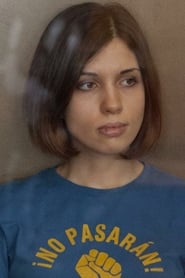

What if Women Ruled the World?(2023)
A pioneering force in feminist art for more than four decades, Judy Chicago paved the way for generations of women artists. She decided to join forces with Pussy Riot founder Nadya Tolokonnikova to inspire people to imagine a different, more humane world.
Movie: What if Women Ruled the World?
Similar Movies
 7.5
7.5The Ferryman(fr)
In between performance, dance and cerémonies, "The Ferryman” is a choreographic exploration of rituals and animistic roots, a luxurious visualisation of a bewitchment and an exorcism of a man-deer in the borders of the world.
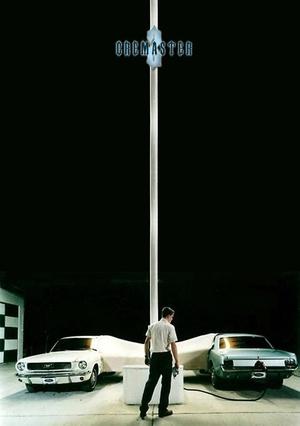 6.3
6.3Cremaster 2(en)
CREMASTER 2 is rendered as a gothic Western that introduces conflict into the system. On the biological level it corresponds to the phase of fetal development during which sexual division begins. In Matthew Barney's abstraction of this process, the system resists partition and tries to remain in the state of equilibrium imagined in Cremaster 1.
 6.6
6.6Cremaster 3(en)
CREMASTER 3 (2002) is set in New York City and narrates the construction of the Chrysler Building, which is in itself a character - host to inner, antagonistic forces at play for access to the process of (spiritual) transcendence. These factions find form in the struggle between Hiram Abiff or the Architect ...
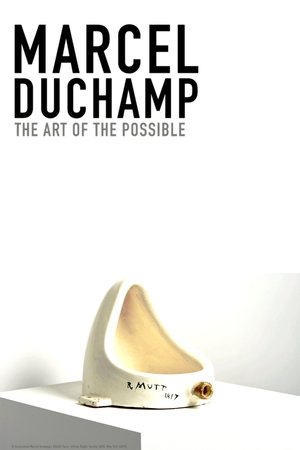 6.0
6.0Marcel Duchamp: The Art of the Possible(en)
A remarkable walk through the life and work of the French artist Marcel Duchamp (1887-1968), one of the most important creators of the 20th century, revolutionary of arts, aesthetics and pop culture.
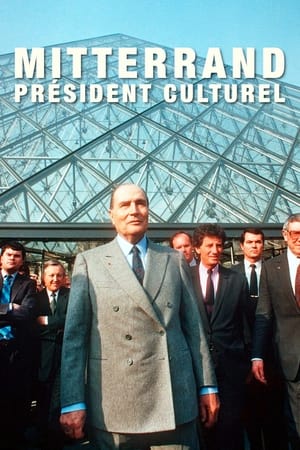 0.0
0.0Mitterrand, président culturel(fr)
On the occasion of the fourty years anniversary of François Mitterand's election, a look back to the relationship between the President and artists, from admiration to manipulation.
 6.0
6.0Portrait of the King as a Child(it)
In 1983, Franz Paludetto acquired Rivara Castle at the foot of the Italian Alps. A century earlier, artists from all over Europe had gathered here to establish the Rivara School of Painting. We witness the story of Italy during the latter half of the 20th century.
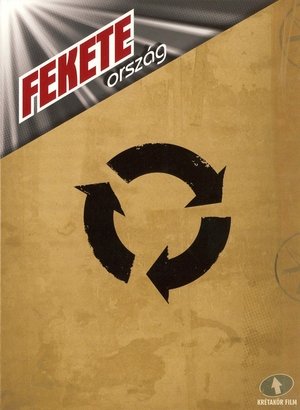 5.0
5.0BLACKland(hu)
The film is a stage play hybrid showcasing dark and absurd sketches based on contemporary Hungarian news of the 2000's with campy, senseless musical interludes in-between. Highly experimental in nature that - like Marmite - will split its' crowd into ones that'll love it and others that'll loathe it. There's no middle grounds here. The topics included are: The Hungarian Olympians' doping scandal, political terrorism, the national elections... and more.
 7.1
7.1The Price of Everything(en)
Featuring collectors, dealers, auctioneers and a rich range of artists, including market darlings George Condo, Jeff Koons, Gerhard Richter and Njideka Akunyili Crosby, this documentary examines the role of art and artistic passion in today’s money-driven, consumer-based society.
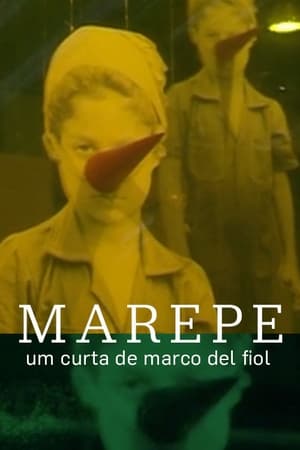 0.0
0.0Marepe(pt)
Marepe, an artist from Bahia, produces art with anything he comes across in the town he lives in, Santo Antônio de Jesus. Packs of cigarettes, coconut palms, walls, and memories taken from the streets, go into putting together a personal archeology for this young artist.
 0.0
0.0Flying with Fins(bg)
Paintings, performances, experiments, electronic music sounding in the spaces of two old houses in a small Italian town, heated conversations about contemporary art, touching meetings with the closest people and places in Bulgaria after 50 years of separation. "Flying with Fins" is a film about the constant search for meaning in art and life. Alzek Misheff, artist - rebel and experimenter, leads us in this philosophical and aesthetic journey through time, space and ideas.
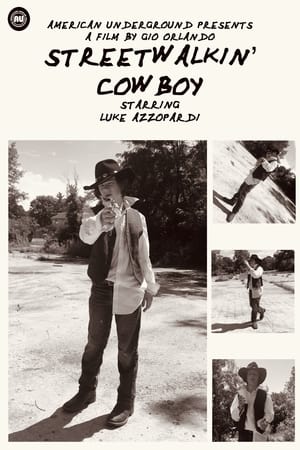 0.0
0.0Streetwalkin' Cowboy(en)
A delusional man in a modern day city dresses, acts like, and has the mindset of a cowboy.
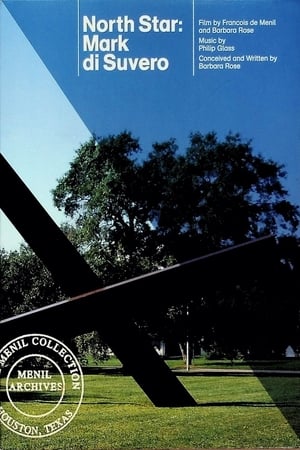 5.0
5.0North Star: Mark di Suvero(en)
North Star: Mark di Suvero is a 1977 documentary film about Mark di Suvero that was produced by François de Menil and Barbara Rose. Born in 1933, di Suvero has become one of the most recognized sculptors of the late 20th and early 21st centuries. From about 1975 to 1977, fairly early in di Suvero's long career, filmmaker de Menil and art historian Rose produced this film, which was characterized at the time as "a tribute to the extraordinary work and life of the innovative American sculptor of monumental but delicate constructions." The film shows di Suvero making and installing several of his very large sculptures, and incorporates informal interviews of di Suvero, his mother, and others involved in his career and life at that time. From 1971 to 1975 di Suvero, an American, lived in a self-imposed exile in France in protest of US involvement in war in Vietnam and Southeast Asia, and the filming spans the end of his exile and his return to New York.
 7.0
7.0Jaar. Lament of the Images(es)
Follows Chilean artist Alfredo Jaar as he finds his artistic voice and develops the socially critical perspective of his work.
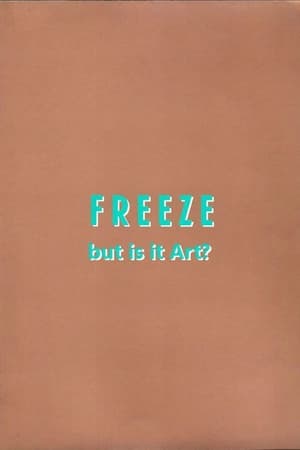 0.0
0.0Freeze: But is it Art?(en)
In 1988, art student Damien Hirst and a group of like-minded associates mounted an exhibition in a building in the East End of London. Entitled Freeze, it was a huge critical and commercial success, propelling Hirst and the group into the spotlight of the avant-garde. More than five years later, Hirst exhibits to international acclaim and is regularly derided in the tabloid press. This portrait of Hirst, which resumes the Omnibus season, is presented as a drug-induced nightmare after Hirst has been put to sleep by a sinister dentist, played by Donald Pleasence. In between interviews with fellow Freeze artists including Angus Fairhurst , Sarah Lucas and Tracey Emin , Hirst is seen preparing Mother and Child Divided, his work for last year's Venice Blennale. The piece consists of a cow and a calf, each sawn in half, pickled in formaldehyde and exhibited in four tanks.
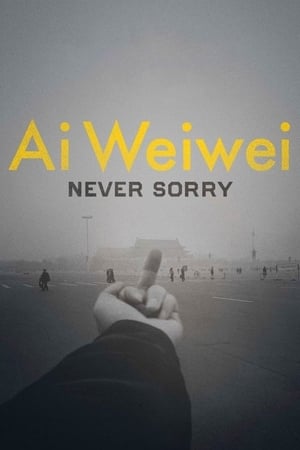 7.0
7.0Ai Weiwei: Never Sorry(en)
An account of the many tribulations that Chinese artist Ai Weiwei, known for his subversive art and political activism, endured between 2008 and 2011, from his rise to world fame via the Internet to his highly publicized arrest due to his frequent and daring confrontations with the Chinese authorities.
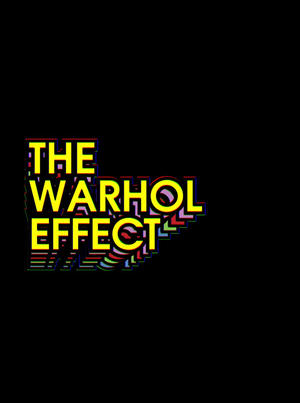 0.0
0.0The Warhol Effect(en)
Lifting the lid on the fascinating last decade of Andy Warhol's life and the legacy he left for future artists, through never-before-seen footage and interviews with insiders.
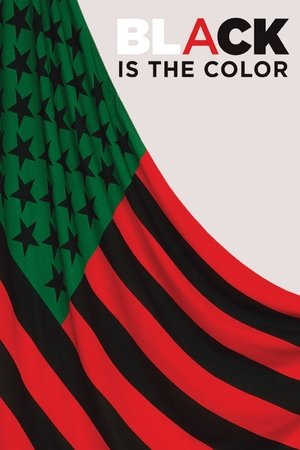 0.0
0.0Black Is the Color: African-American Artists and Segregation(fr)
Black Is the Color highlights key moments in the history of Black visual art, from Edmonds Lewis’s 1867 sculpture Forever Free, to the work of contemporary artists such as Whitfield Lovell, Kerry James Marshall, Ellen Gallagher, and Jean-Michel Basquiat. Art historians and gallery owners place the works in context, setting them against the larger social contexts of Jim Crow, WWI, the civil rights movement and the racism of the Reagan era, while contemporary artists discuss individual works by their forerunners and their ongoing influence.
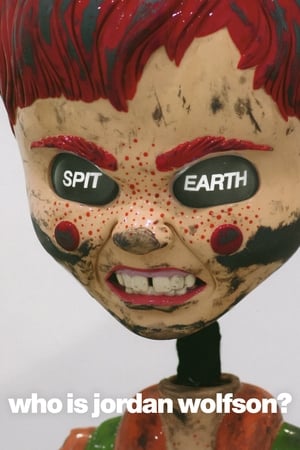 6.5
6.5Spit Earth: Who is Jordan Wolfson?(en)
Spit Earth: Who Is Jordan Wolfson? is a feature documentary film about this controversial and divisive artist who in the ensuing five years has only solidified his stature with unnerving and provocative new works that elicit extreme reactions from both critical naysayers and vocal proponents alike. Wolfson is not content to play by the rules of a conservative self-policing art market that favors the status quo, instead preferring to make us squirm as he engages a host of lightning-rod issues facing our society today; homophobia, misogyny, racism, white nationalism, antisemitism and violence to name but a few. Wolfson is an art maker on the world stage whose immersive works take on today’s endemic virtue signaling and politically correct narratives, veritably throwing it all back into our faces.

